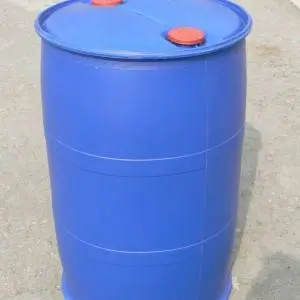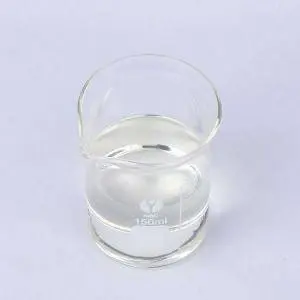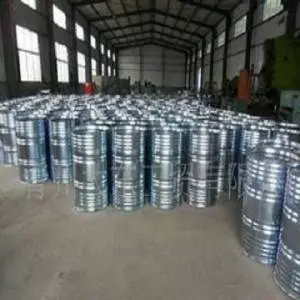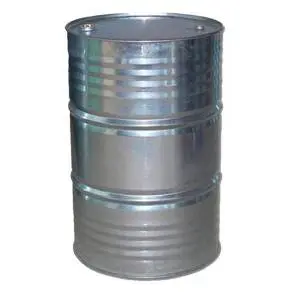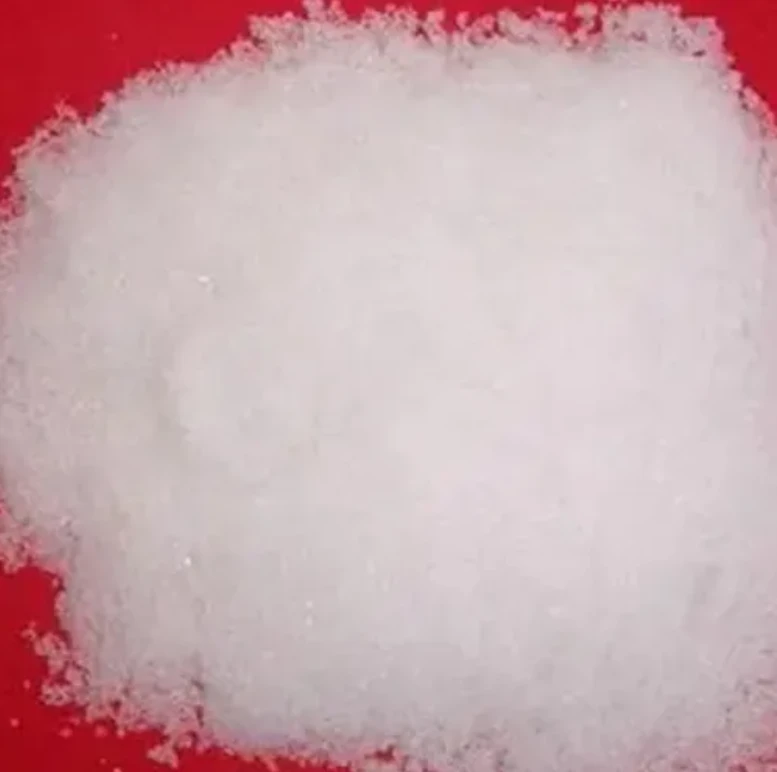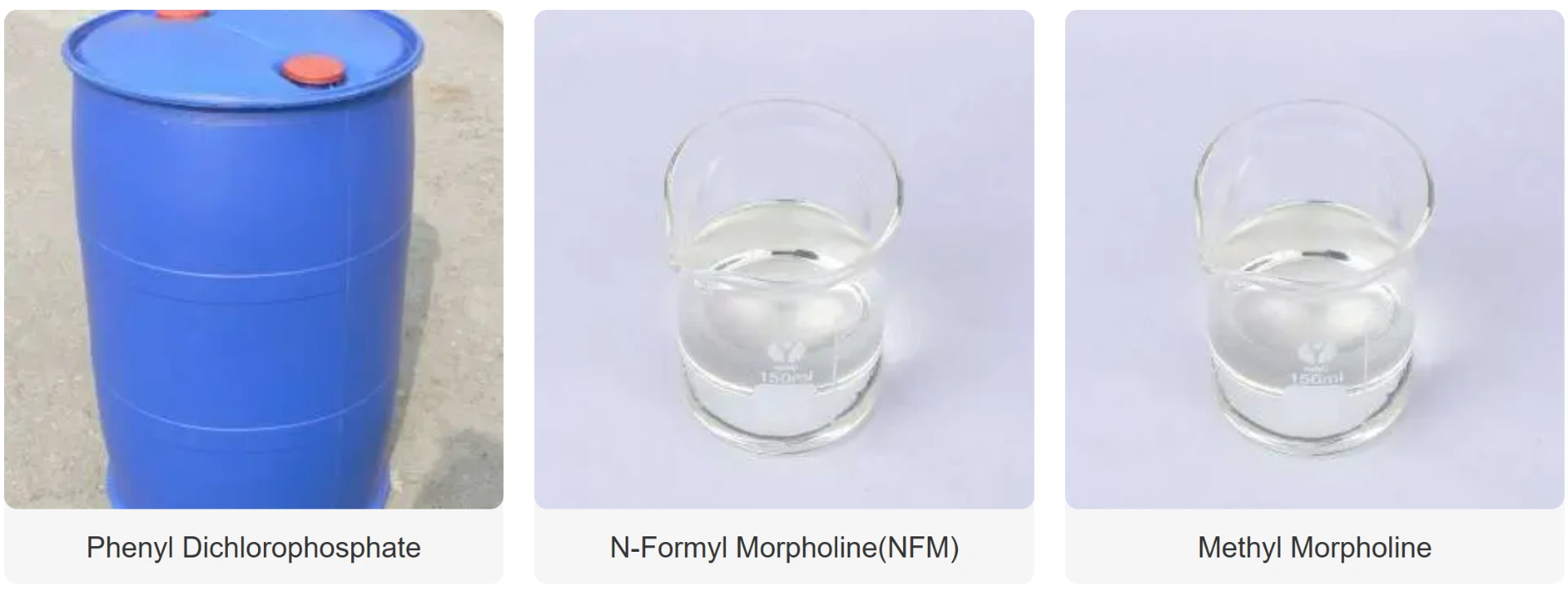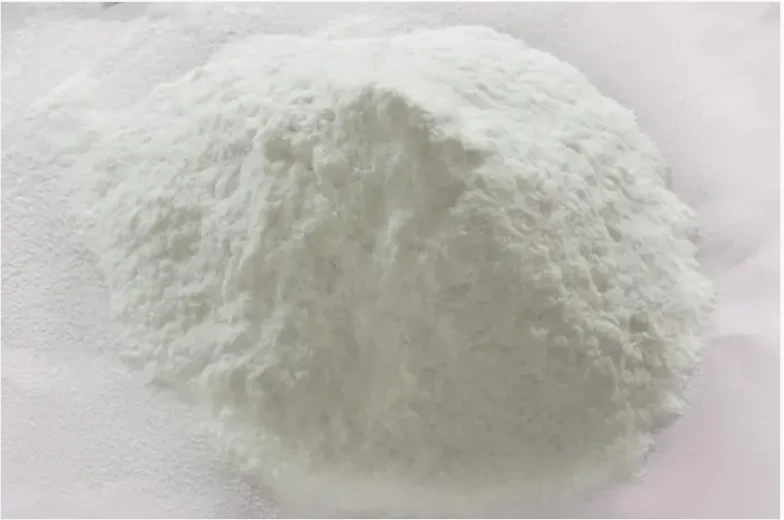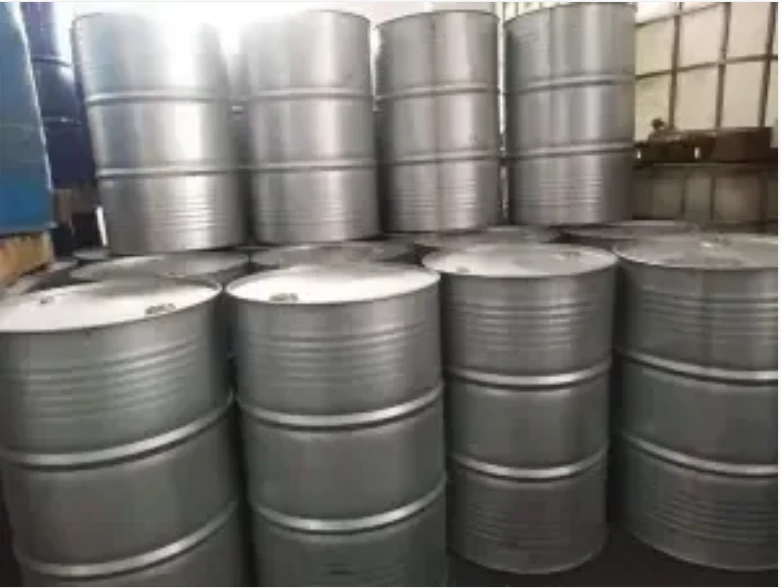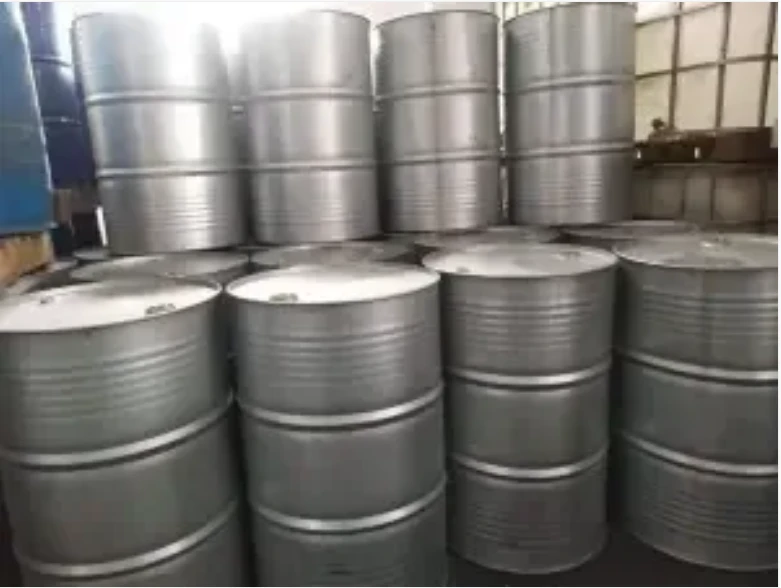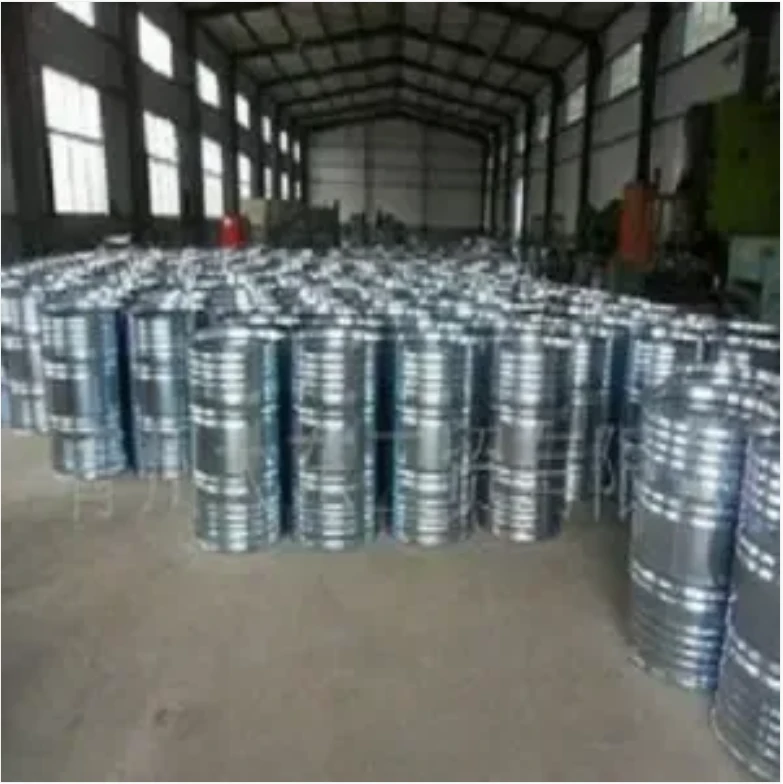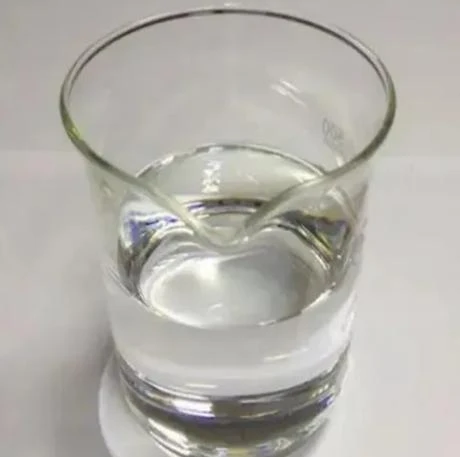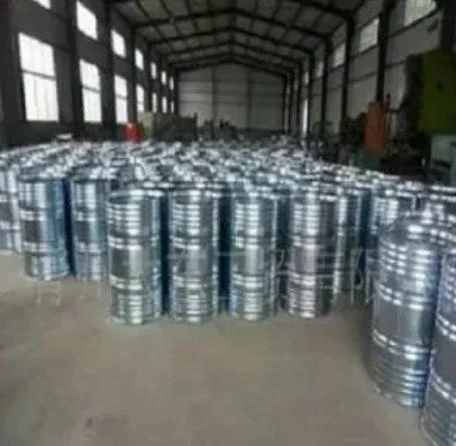Triethylenediamine (TEDA): High-Efficiency PU Foam Catalyst
Understanding the Core: Triethylenediamine (TEDA) in Industrial Applications
In the highly specialized realm of industrial chemistry, specific compounds serve as foundational elements, driving efficiency and performance across numerous sectors. One such critical compound is Triethylenediamine (TEDA). Also known as DABCO (1,4-Diazabicyclo[2.2.2]octane), TEDA is a bicyclic tertiary amine widely recognized for its exceptional catalytic activity. Its unique molecular structure provides a highly accessible nitrogen atom, making it an incredibly effective catalyst, particularly in polyurethane production. This section provides an in-depth look into TEDA, exploring its pivotal role, market significance, and the advanced solutions it enables for B2B stakeholders.
The demand for high-performance materials continues to surge, propelling the need for superior catalysts that can optimize reaction rates and ensure product quality. As a potent gelling catalyst, Triethylenediamine (TEDA) accelerates the isocyanate-polyol reaction, which is fundamental to forming rigid and flexible polyurethane foams, coatings, adhesives, sealants, and elastomers (CASE applications). Its precise control over reaction kinetics allows manufacturers to achieve desired foam densities, cell structures, and overall material properties with high consistency. Understanding the intricate details of its synthesis, properties, and diverse applications is key to leveraging its full potential in advanced chemical processes.
The Advanced Manufacturing Process of Triethylenediamine (TEDA)
The production of high-purity Triethylenediamine (TEDA) involves sophisticated chemical engineering processes designed to ensure consistent quality and performance. The primary method typically involves the reaction of ethylene diamine or ethanolamine derivatives under specific catalytic conditions. A prevalent industrial approach utilizes a vapor-phase reaction over a solid acid catalyst, where ethylene diamine undergoes cyclization and deamination at elevated temperatures and pressures. This precise control over reaction parameters is crucial to achieving the desired bicyclic structure of TEDA while minimizing unwanted by-products.
Following the initial synthesis, the crude Triethylenediamine (TEDA) undergoes rigorous purification steps. This often includes multi-stage distillation, crystallization, and drying to remove impurities and obtain the desired purity levels, commonly exceeding 99%. Quality control is paramount at every stage, employing advanced analytical techniques such as Gas Chromatography (GC), High-Performance Liquid Chromatography (HPLC), and spectroscopic methods to verify product composition, purity, and trace contaminant levels. Adherence to international standards like ISO 9001 ensures reliability and consistency for our global clientele. While this is a chemical process, parallels can be drawn to precision manufacturing in terms of strict parameter control and quality validation.
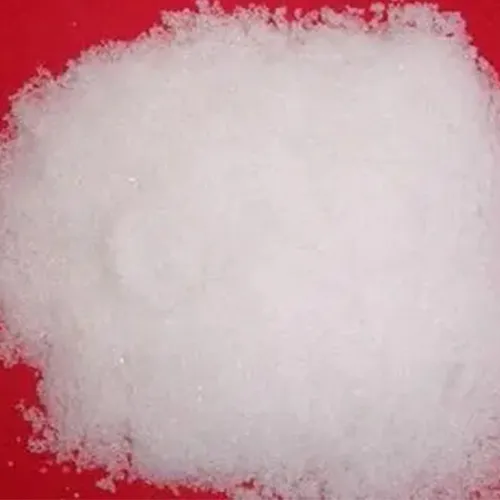
The material selection for the reactor and purification equipment is critical, typically involving corrosion-resistant stainless steel alloys to withstand the process conditions and ensure product integrity. Our manufacturing facilities operate under stringent environmental and safety protocols, reflecting our commitment to sustainable and responsible chemical production. The resulting Triethylenediamine (TEDA) is highly stable under proper storage conditions, ensuring a reliable shelf-life that supports long supply chains for diverse industries, including the petrochemical sector, which relies on stable reagents for various syntheses, and specialized manufacturing where precise chemical catalysts are indispensable.
Key Technical Parameters and Specifications of Triethylenediamine (TEDA)
Understanding the precise technical specifications of Triethylenediamine (TEDA) is crucial for its effective application in various industrial processes. These parameters dictate its reactivity, purity, and suitability for specific formulations, particularly in polyurethane catalysis where subtle variations can significantly impact end-product properties. Below is a detailed table outlining typical product specifications that our high-grade TEDA adheres to, ensuring consistent and reliable performance for our clients.
| Parameter | Specification | Test Method |
|---|---|---|
| Chemical Name | Triethylenediamine (TEDA) / 1,4-Diazabicyclo[2.2.2]octane (DABCO) | N/A |
| CAS No. | 280-57-9 | N/A |
| Purity | ≥ 99.0% | Gas Chromatography (GC) |
| Appearance | White crystalline powder or flakes | Visual Inspection |
| Melting Point | 156-159 °C | Differential Scanning Calorimetry (DSC) |
| Boiling Point | 174 °C (at 760 mmHg) | ASTM E533-08 |
| Density | 1.02 g/cm³ (at 20°C) | Pycnometer Method |
| Moisture Content | ≤ 0.1% | Karl Fischer Titration |
| Solubility | Soluble in water, alcohols, ethers, ketones, aromatic solvents | Qualitative Test |
These detailed specifications ensure that our Triethylenediamine (TEDA) meets the stringent requirements of various industries, providing consistent performance and enabling optimal chemical reactions. Our commitment to quality control and adherence to precise technical parameters underscores our reliability as a supplier for critical chemical inputs.
Diverse Applications and Industry Impact of Triethylenediamine (TEDA)
Triethylenediamine (TEDA) is a cornerstone catalyst in the polyurethane industry, primarily due to its balanced catalytic activity for both the gelling (polyol-isocyanate) and blowing (water-isocyanate) reactions. This dual functionality is critical for producing various polyurethane products with controlled cell structure, density, and physical properties. Its high catalytic efficiency allows for lower catalyst loading, contributing to cost-effectiveness and reduced emissions of volatile organic compounds (VOCs) in certain formulations.
Beyond its prevalent use in foams, Triethylenediamine (TEDA) finds significant application in polyurethane coatings, adhesives, sealants, and elastomers (CASE). In coatings, it accelerates curing, enhancing durability and adhesion. In adhesives and sealants, it provides rapid setting times and improved bond strength. Its versatility extends to other chemical syntheses, where it acts as a highly effective polymerization inhibitor or a cross-linking agent. The ability of TEDA to function effectively across a broad temperature range and with various polyol systems makes it an invaluable asset for formulators aiming for consistent product quality and process optimization.
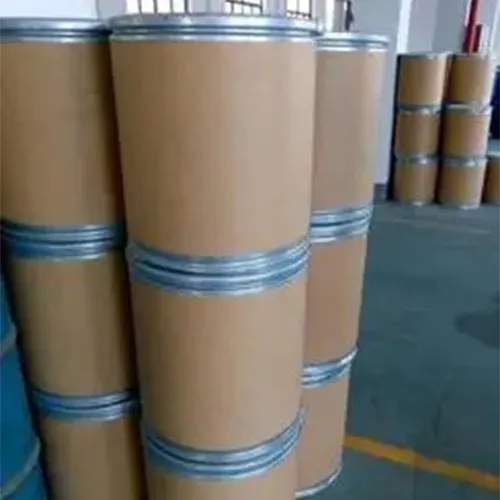
Furthermore, Triethylenediamine (TEDA) is utilized in specialized applications requiring a strong base or a highly reactive tertiary amine. This includes its role in certain pharmaceutical intermediates and as a corrosion inhibitor in specific industrial systems, particularly in the oil and gas sector where amine-based inhibitors are crucial for pipeline integrity. Its low volatility compared to some other amine catalysts also contributes to its appeal in applications where emission control is a concern. The broad applicability of TEDA underscores its importance in enabling a wide array of high-performance materials and critical industrial processes.
Technical Advantages and Performance Excellence
The inherent technical advantages of Triethylenediamine (TEDA) set it apart as a preferred catalyst in numerous chemical reactions. Its unique cage-like molecular structure provides exceptional steric accessibility to its nitrogen atoms, allowing for rapid and efficient interaction with isocyanates. This leads to a powerful catalytic effect, particularly for the urethane (gelling) reaction, which is paramount for achieving robust foam structures and durable coatings. Compared to other tertiary amine catalysts, TEDA often demonstrates superior selectivity, minimizing side reactions and ensuring higher yields of desired products.
Another significant advantage of Triethylenediamine (TEDA) is its broad compatibility with a wide range of polyol and isocyanate systems. This versatility enables formulators to develop diverse polyurethane products, from soft flexible foams to rigid insulation panels, without significantly altering the catalyst system. Its thermal stability and resistance to degradation under typical processing conditions also contribute to consistent performance and extended batch stability, reducing manufacturing variability and improving overall process efficiency. Furthermore, TEDA's effectiveness even at low concentrations allows for economical usage while still delivering optimal reaction kinetics.
The use of high-purity Triethylenediamine (TEDA) directly translates into enhanced end-product quality, characterized by superior mechanical properties, improved aging resistance, and reduced emissions of undesirable by-products. For instance, in rigid foam applications, TEDA contributes to the production of foams with excellent dimensional stability and superior insulation properties, leading to energy savings in construction and refrigeration. In elastomeric applications, it helps achieve materials with enhanced resilience and wear resistance, contributing to longer service life and reduced maintenance needs. Our commitment to supplying premium TEDA ensures that our clients can consistently achieve these technical advantages in their respective applications.
Manufacturer Comparison and Customization Solutions
When sourcing Triethylenediamine (TEDA), B2B buyers often face a landscape of manufacturers with varying capabilities and product offerings. Key differentiating factors among suppliers typically include purity levels, consistency of supply, technical support, and the ability to provide customized solutions. While many offer standard grades of TEDA, a select few excel in providing ultra-high purity versions or specialized formulations tailored to unique application requirements, such as enhanced solubility or specific release profiles in complex multi-component systems. This distinction is crucial for industries where slight variations in catalyst performance can significantly impact final product attributes or process efficiency.
Our approach goes beyond standard product delivery. We engage in deep technical consultation to understand our clients' precise needs, offering customized solutions for Triethylenediamine (TEDA). This might involve adjusting particle size distribution for specific dispersion challenges, providing TEDA in different solvent carriers for ease of handling, or developing unique blends to optimize catalytic activity for novel polymer systems. Our R&D team works collaboratively with clients, leveraging extensive industry experience and state-of-the-art analytical capabilities to formulate TEDA solutions that integrate seamlessly into their existing processes, enhancing both performance and cost-effectiveness.
In a competitive market, choosing a partner with robust quality control, transparent manufacturing processes, and a proven track record of innovation is paramount. We pride ourselves on our long-standing service record and adherence to international quality management systems (e.g., ISO 9001, REACH compliance), which provides our clients with unwavering confidence in our Triethylenediamine (TEDA) products. Our capacity for scale production, coupled with agile delivery logistics, ensures that customized solutions do not compromise supply chain reliability, providing a competitive edge for our partners.
Real-world Application Case Studies
Case Study 1: Enhanced Flexible Foam Production
A leading manufacturer of automotive seating required a catalyst system that could accelerate the gelling reaction in their flexible polyurethane foam production without compromising the foam's softness or overall cell structure. By integrating our high-purity Triethylenediamine (TEDA) into their formulation, they observed a 15% reduction in demolding time, significantly increasing their production line throughput. The precision of TEDA's catalytic action also led to more uniform cell sizes, resulting in enhanced comfort and durability of the finished foam products, meeting stringent automotive industry standards for performance and longevity.
Case Study 2: High-Performance Coatings for Industrial Use
An industrial coatings company sought to improve the cure speed and hardness of their two-component polyurethane coatings used for heavy machinery. Traditional catalysts were too slow, hindering production rates. Our technical team recommended a specialized liquid blend of Triethylenediamine (TEDA) for its potent gelling effect. This intervention resulted in a 25% faster tack-free time and a noticeable improvement in surface hardness (measured by pencil hardness tests) within hours, without affecting the pot life. This allowed the client to deliver coated products more quickly and with superior scratch and abrasion resistance, thereby boosting client satisfaction and market competitiveness.
Case Study 3: Optimizing Rigid Insulation Panels
For a manufacturer of rigid polyurethane insulation panels, achieving optimal dimensional stability and thermal performance was critical. The precise balance between gelling and blowing reactions is essential for minimizing foam shrinkage and ensuring a closed-cell structure for maximum insulation efficiency. By fine-tuning the concentration of Triethylenediamine (TEDA) in their formulation, our client was able to achieve a 10% reduction in thermal conductivity and significantly enhance the compressive strength of their panels. This optimization not only improved product quality but also contributed to achieving higher R-values, making their insulation products more energy-efficient and competitive in the building materials market.
Frequently Asked Questions (FAQ) about Triethylenediamine (TEDA)
-
Q: What is Triethylenediamine (TEDA) primarily used for?
A: TEDA is predominantly used as a catalyst in the production of polyurethane foams, coatings, adhesives, sealants, and elastomers (CASE applications). Its unique catalytic properties accelerate the urethane (gelling) reaction, which is crucial for forming the polymer structure.
-
Q: How does the purity of Triethylenediamine (TEDA) affect its performance?
A: Higher purity TEDA ensures consistent catalytic activity and minimizes side reactions caused by impurities. This leads to more predictable reaction kinetics, better control over foam cell structure, and improved physical properties of the final polyurethane product. We typically supply TEDA with purity levels of 99.0% or higher.
-
Q: Can Triethylenediamine (TEDA) be customized for specific applications?
A: Yes, we offer customized TEDA solutions, including different physical forms (powder, flakes, or dissolved in specific carriers) and tailored concentrations or blends. Our technical team works closely with clients to develop formulations that optimize performance for their unique manufacturing processes and product specifications.
-
Q: What are the typical delivery times for large orders of Triethylenediamine (TEDA)?
A: Delivery times vary based on order volume, customization requirements, and destination. However, our streamlined logistics and robust inventory management typically allow for competitive delivery cycles, often ranging from 2 to 4 weeks for standard large orders. Expedited options are available upon request, and we maintain strong communication throughout the entire supply chain process.
-
Q: What kind of technical support is available for Triethylenediamine (TEDA) products?
A: We provide comprehensive technical support, including guidance on product handling, storage, formulation optimization, and troubleshooting. Our experienced technical service team is available to assist clients with specific application challenges, ensuring they achieve optimal results with our TEDA products. This support extends from initial product selection through to post-sale assistance.
Quality Assurance, Delivery & Customer Support
Our unwavering commitment to quality is the cornerstone of our operations, particularly for critical industrial chemicals like Triethylenediamine (TEDA). Each batch of TEDA undergoes rigorous quality control checks against established parameters and international standards, including ISO 9001 certification for our manufacturing processes. This meticulous approach ensures that every delivery meets the specified purity, consistency, and performance criteria, providing our clients with complete peace of mind. Our detailed batch records and certificates of analysis accompany every shipment, guaranteeing transparency and traceability from production to delivery.
We understand the importance of timely and reliable delivery in B2B supply chains. Our logistics network is optimized for efficient and safe transport of Triethylenediamine (TEDA) globally, minimizing lead times and ensuring product integrity upon arrival. We work closely with clients to establish tailored delivery schedules that align with their production demands, offering flexible packaging options from drums to bulk container111s. Our aim is to integrate seamlessly into your supply chain, providing a reliable source for your chemical needs without disruption.
Beyond product quality and delivery, our dedicated customer support team stands ready to assist with any inquiries, from technical specifications to order tracking. We offer comprehensive pre-sales consultation and post-sales technical support, ensuring that our clients maximize the value of our Triethylenediamine (TEDA) products. Our warranty commitments reflect our confidence in our product quality and our dedication to long-term partnerships, providing a reliable and trusted resource for your industrial chemical requirements.
Conclusion & References
Triethylenediamine (TEDA) stands as a testament to specialized chemistry's power in driving industrial innovation and efficiency. Its indispensable role as a high-performance catalyst, particularly within the polyurethane industry, underscores its strategic importance for manufacturers worldwide. By offering superior purity, consistent performance, and customized solutions, suppliers of TEDA contribute directly to advancements in materials science and diverse industrial applications. Our commitment to excellence in every aspect, from advanced manufacturing to dedicated customer support, ensures that our TEDA products empower our partners to achieve their most ambitious production and quality goals.
Leveraging high-quality Triethylenediamine (TEDA) is not merely about sourcing a chemical; it's about investing in a foundational component that enhances product integrity, optimizes manufacturing processes, and ultimately drives market competitiveness. We invite B2B decision-makers and technical experts to explore how our TEDA solutions can elevate their operations and contribute to long-term success.
Authoritative References
- Oertel, G. (1994). Polyurethane Handbook: Chemistry, Raw Materials, Processing, Application, Properties. Hanser Publishers.
- Saunders, J. H., & Frisch, K. C. (1962). Polyurethanes: Chemistry and Technology. Interscience Publishers.
- Randall, D., & Lee, S. (2002). The Polyurethanes Book. John Wiley & Sons.
- Woods, G. (1990). The ICI Polyurethanes Book. John Wiley & Sons.
- Chattopadhyay, D. K., & Raju, K. V. S. N. (2007). Structural engineering of polyurethane coatings for high performance applications. Progress in Polymer Science, 32(3), 352-418.
Post time: Aug . 12, 2025 05:20
This is the first article



